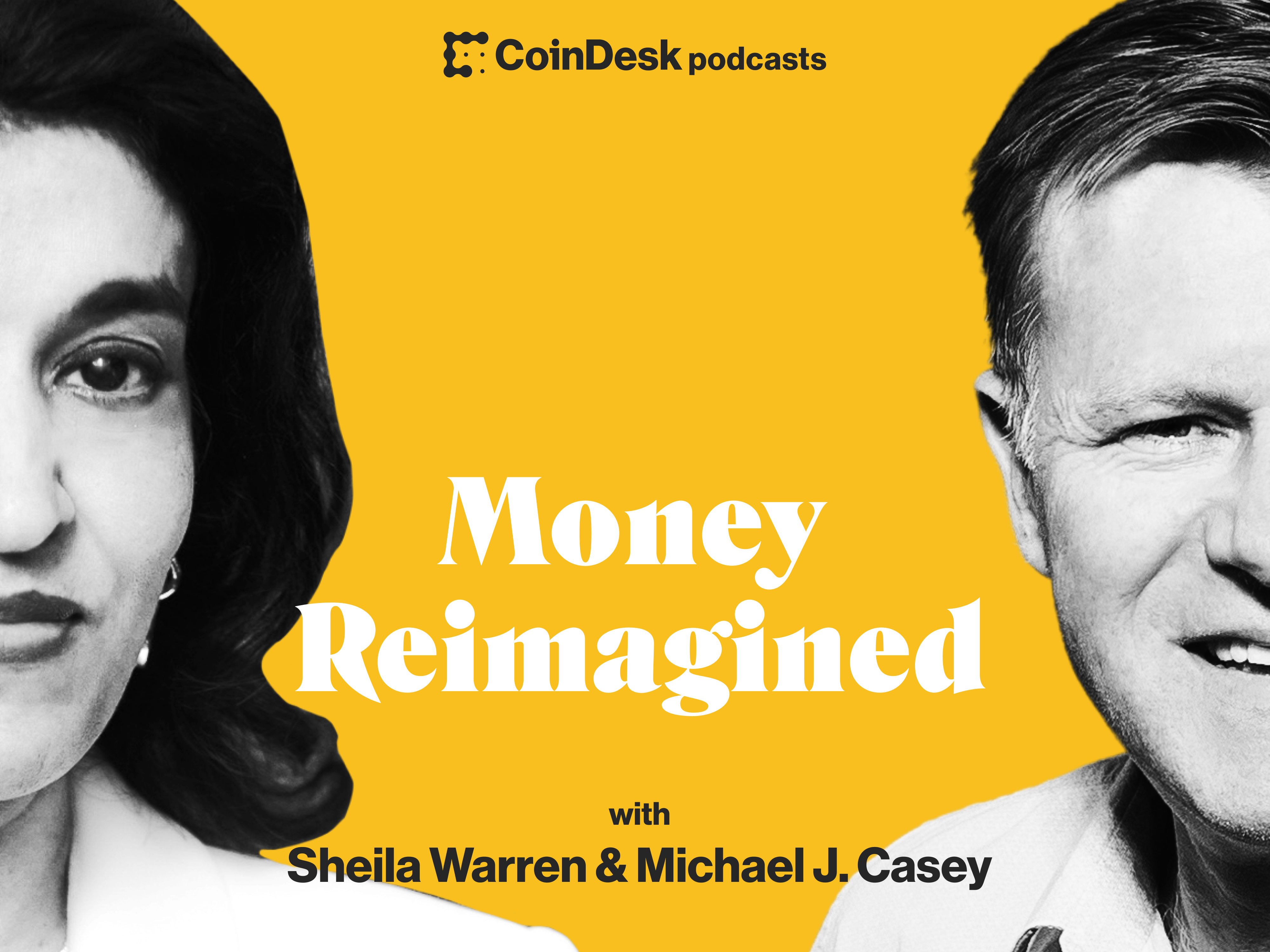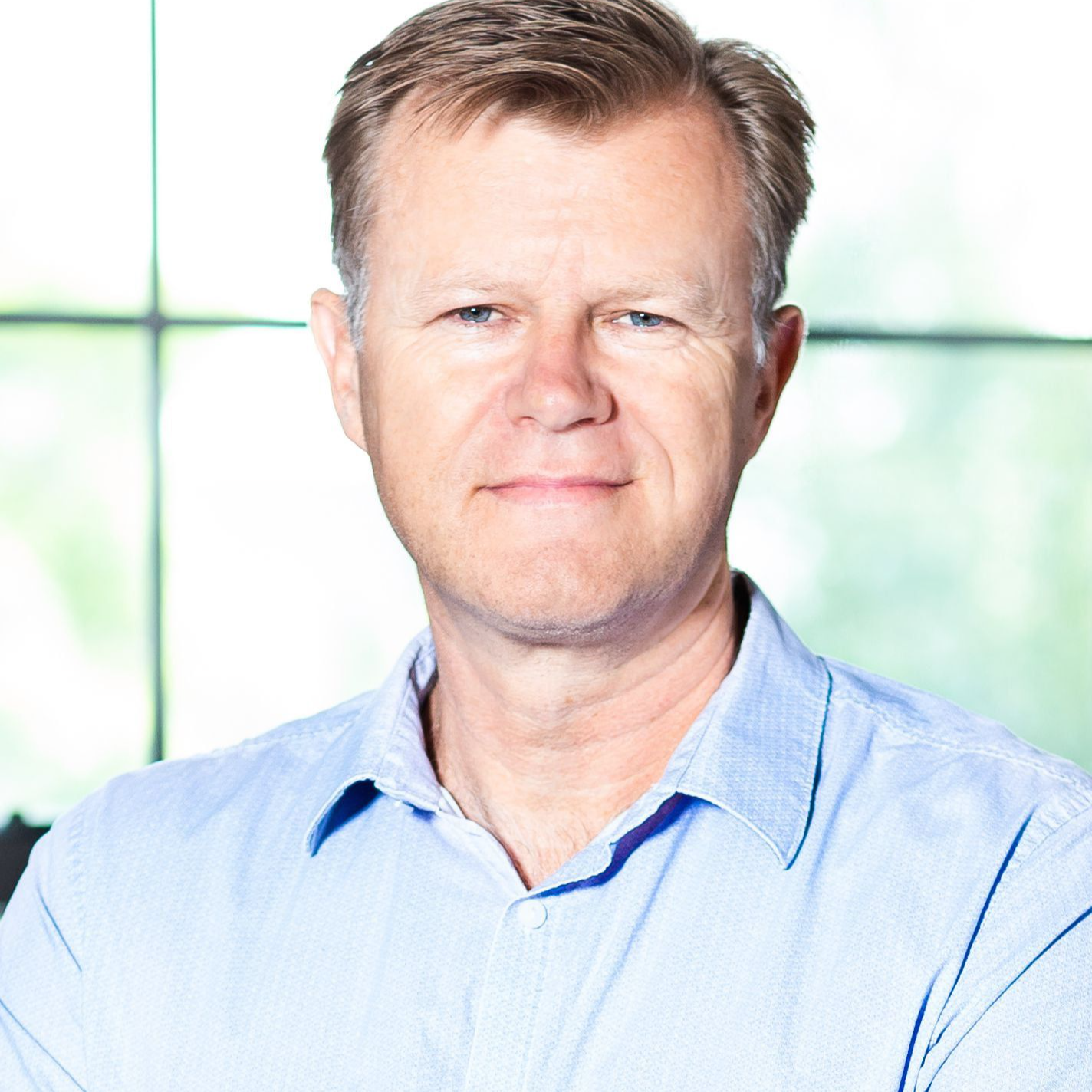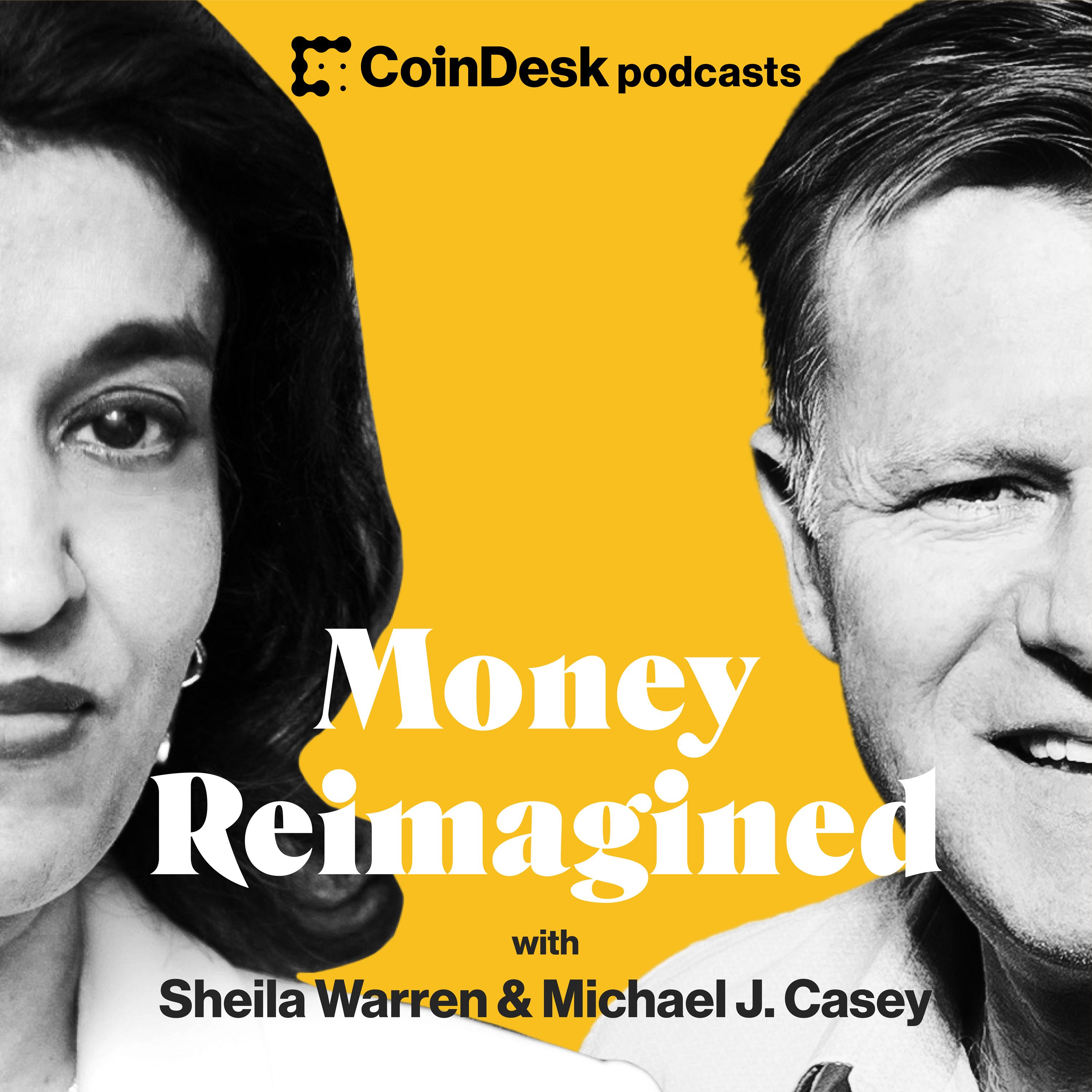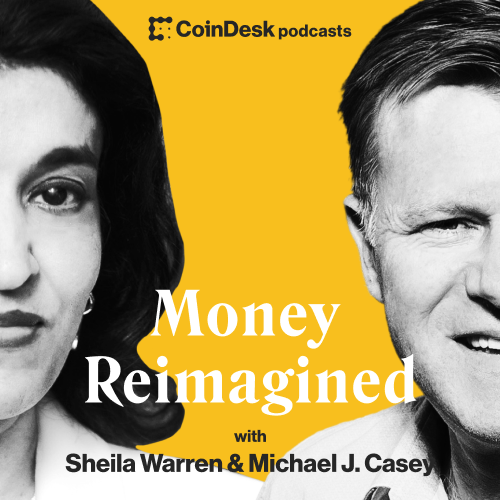An insider's look at how Bitcoin is making renewable energy sustainable featuring industry veterans Meltem Demirors and Harry Sudock.
As big banks, publicly traded corporations and some of the biggest names in finance become increasingly bullish on Bitcoin’s prospects, only a few objections really remain. These days on Wall Street it’s all about responsible investing as seen through the lens of “Environmental, Social and Governance,” (better known as ESG). On this episode of CoinDesk’s “Money Reimagined,” we speak with two of the top minds building out bitcoin mining in the U.S. for an insiders look at the real story on energy, money and sustainability. In this episode we’ll speak with Meltem Demirors, chief strategy officer of CoinShares, and Harry Sudock, vice president of Strategy at GRIID.
To set the stage, earlier this week on CoinDesk TV, fund manager and “Shark Tank” co-host Kevin O’Leary said Wall Street has to satisfy sustainability reporting requirements before it can buy wholesale into bitcoin. He estimated that only 10% of institutions that wanted to buy had bought in, partly because of climate concerns.
He continued, “All of these new providence concerns, which were not on anybody’s mind when crypto was simply the purvey of the hedge fund or the retail investor. Now it has to have a new standard. Where did it come from? How was it mined? Was it mined sustainably? How do I know I’m not supporting mining in a country where human rights are abused like China? All of these issues are at the fore for institutional clients.”
See also: Inside Bakong: How Cambodia Hopes to Leapfrog Into the Future With Digital Currency
These are valid questions, but they’re certainly not new, much less unanswered. Demirors described the problem as “two facts and two fallacies,” saying:
“Fact #1 - Bitcoin mining is highly energy intensive. That is a fact. Bitcoin is the only network that I know of that documents its energy use and is extremely transparent about it, which I think makes Bitcoin a very easy target. It’s impossible for you to calculate how much energy the banking industry uses, how much energy the U.S. military uses. Most industries and sectors are very opaque about their energy usage. Bitcoin is not.
Fact #2 - A majority of bitcoin miners are located in China. That is still a fact, we are working on changing that but it is a fact.
From those two facts, some logical fallacies follow:
Fallacy #1 - The logic then goes: Bitcoin miners in China are using dirty, coal-based power. That’s actually false and we have proven that to be false through our bitcoin mining research report. We were the first firm in the industry to do this research. We spoke to all of the miners first-hand and did a bottoms-up calculation where we found that 77% of all bitcoin mining done in China was done with renewable energy that would otherwise not be utilized. So that’s fallacy number one.
Fallacy #2 is that bitcoin mining has an extreme carbon footprint. And that is something that’s also provably false, and I think an area that people who care about the bitcoin network are working to provide more data to make that extremely transparent.
And then, the last logical, sort of “transitive property sum” that comes out of those four statements… Two facts, two idealogical fallacies is that “Bitcoin is bad,” which is a moral judgment.”
Sudock, meanwhile, discussed his experience as a profit-oriented bitcoin miner who was sucked into environmentally responsible mining out of sheer necessity.
“We didn’t enter this industry with an eye towards becoming a renewable operator. We didn’t think that that was sort of our ‘edge,’ but what we quickly found through conversations with everybody from very very large, federal energy producers in the U.S. to very small hydro dams that are run by Mom and Pops who can’t afford upgrades to their turbines, is that everybody is looking for revenue enhancement strategies that will support the growth and resilience of the energy that they’re producing. And the need for those enhancement strategies are particularly acute when you start to look at renewable generation. Those conversations at this point for us are inbound. I spend less time reaching out to energy producers than energy producers spend reaching out to me. And that’s a huge change.”
All of this and more in this week’s episode of CoinDesk’s “Money Reimagined.”
Image credit: Master Wen/Unsplash













